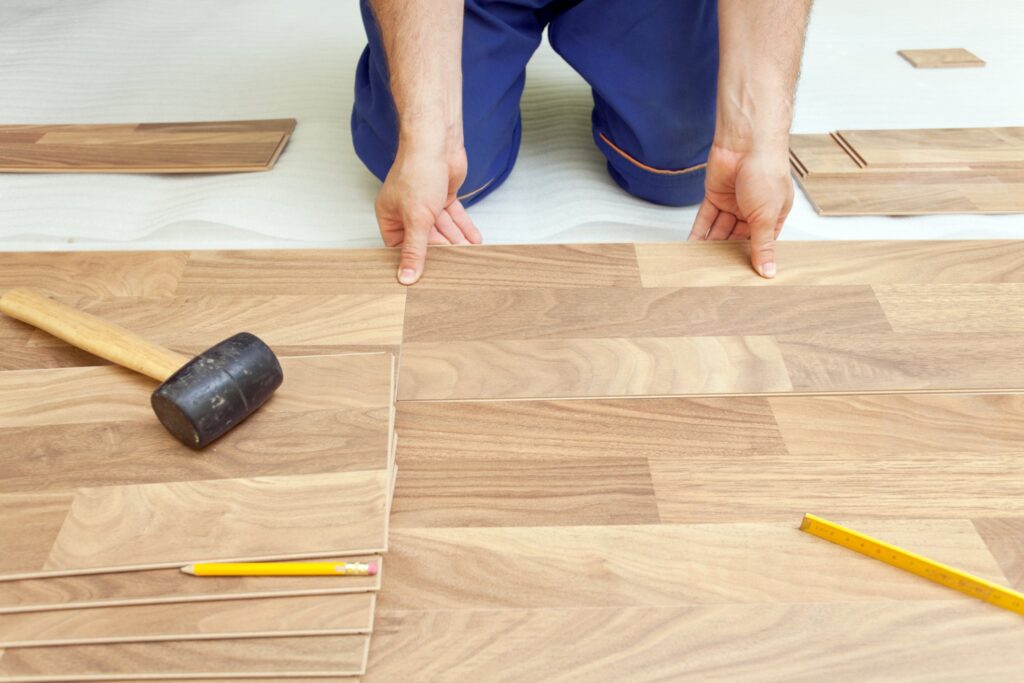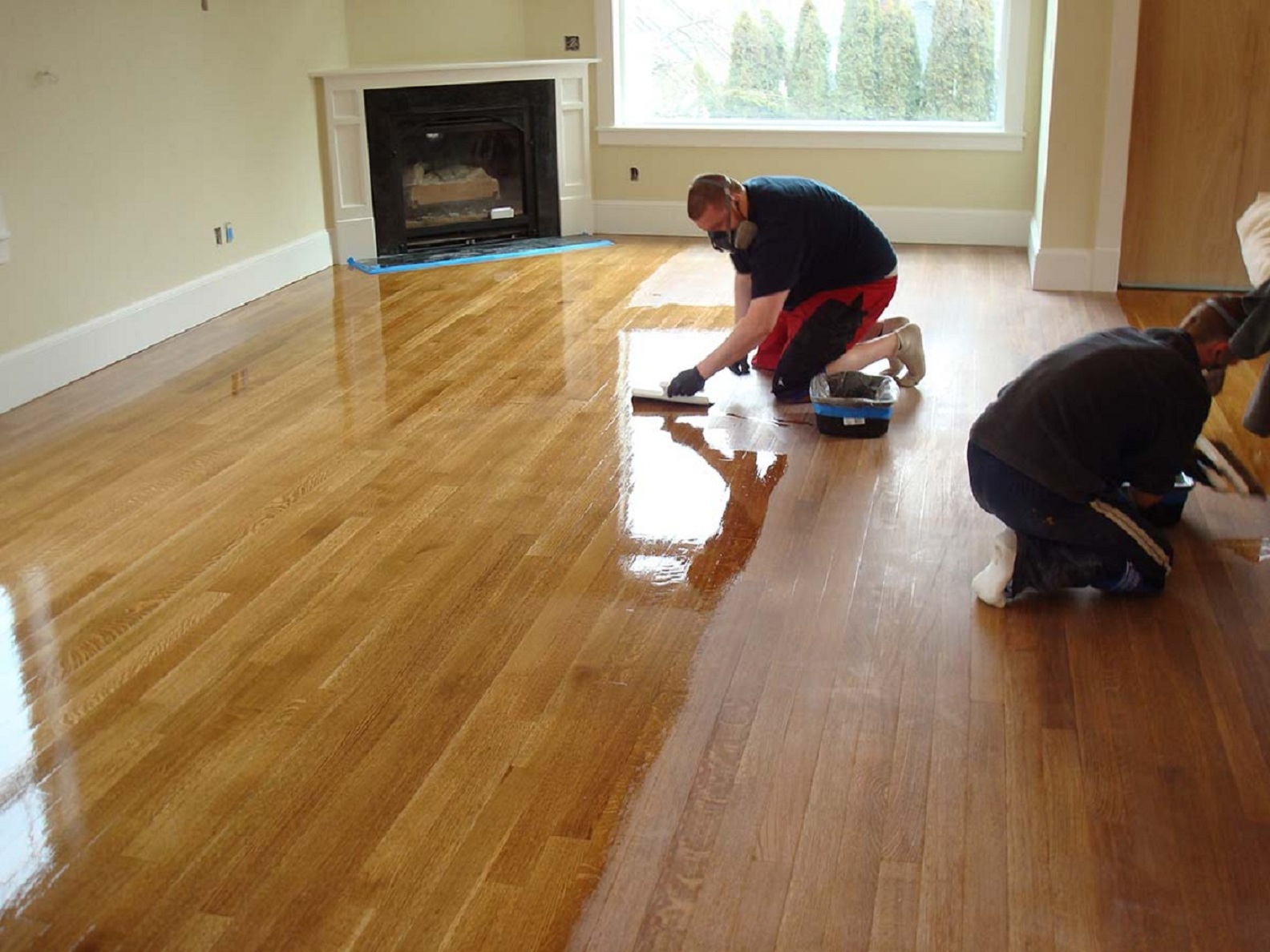Are you considering a floor sanding in Melbourne? The type of wood you choose plays a crucial role in the success of the endeavor. In this guide, we’ll explore the best wood types for stunning floor sanding, ensuring your project not only shines but stands the test of time.
Understanding the Impact of Wood Species
Hardwoods vs. Softwoods
- Hardwoods: Oak, maple, and walnut are popular hardwoods. They are durable and take well to sanding, revealing beautiful grain patterns.
- Softwoods: Pine and fir are softer but can still be sanded effectively. They offer a unique charm with lighter tones and distinctive knots.
Grain Patterns Matter
- Straight Grain: Woods like oak with straight grain patterns sand evenly and are easier to work with.
- Irregular Grain: Exotic woods like mahogany or cherry with irregular grain patterns can create a distinctive look when sanded.
Best Wood Types for Floor Sanding in Melbourne
Oak: Timeless Elegance
- Characteristics: Oak is durable, featuring prominent grain patterns.
- Sanding: Sands beautifully, bringing out the natural elegance of the wood.
Maple: Light and Lustrous
- Characteristics: Light in color, with a smooth and even texture.
- Sanding: Sands well, producing a lustrous finish. Ideal for a modern aesthetic.
Walnut: Rich and Dark
- Characteristics: Dark and rich in color with a luxurious appearance.
- Sanding: Sands beautifully, highlighting the wood’s natural richness.
Pine: Rustic Charm
- Characteristics: Softwood with a light color and distinctive knots.
- Sanding: Sands well, creating a rustic and charming look.
Mahogany: Exotic Appeal
- Characteristics: Deep red-brown color with a distinctive grain.
- Sanding: Sands effectively, bringing out the wood’s exotic appeal.
Factors to Consider for Effective Floor Sanding

Density Matters
- Dense Woods: Hardwoods like oak and walnut have high density, making them ideal for sanding.
- Softer Woods: Softwoods like pine are less dense but can still be sanded effectively with the right techniques.
Age and Condition
- Newer Wood: Freshly installed wood floors offer a pristine surface for sanding.
- Older Wood: Assess the condition. Older floors may have imperfections that require more careful sanding.
Professional Assessment
- Consult Experts: Professional floor sanding services in Melbourne can assess your wood type and recommend the best sanding approach.
Tips for DIY Floor Sanding with Different Wood Types
Start with the Right Grit
- Hardwoods: Begin with a coarse grit and progress to finer grits for a smooth finish.
- Softwoods: Use a finer grit initially to avoid over-sanding softer wood.
Test in an Inconspicuous Area
- Before full-scale sanding, test a small area to gauge how the wood responds to sanding.
Go with the Grain
- Sand in the direction of the wood grain for a more even and polished result.
Conclusion: Choosing the Perfect Wood for Your Floor Sanding Project
Your choice of wood sets the stage for a remarkable floor sanding project. Whether you prefer the timeless elegance of oak or the exotic appeal of mahogany, understanding your wood type ensures the best results.
Ready to embark on your floor sanding journey in Melbourne? Consult with our experts to choose the perfect wood for a stunning and enduring result!


